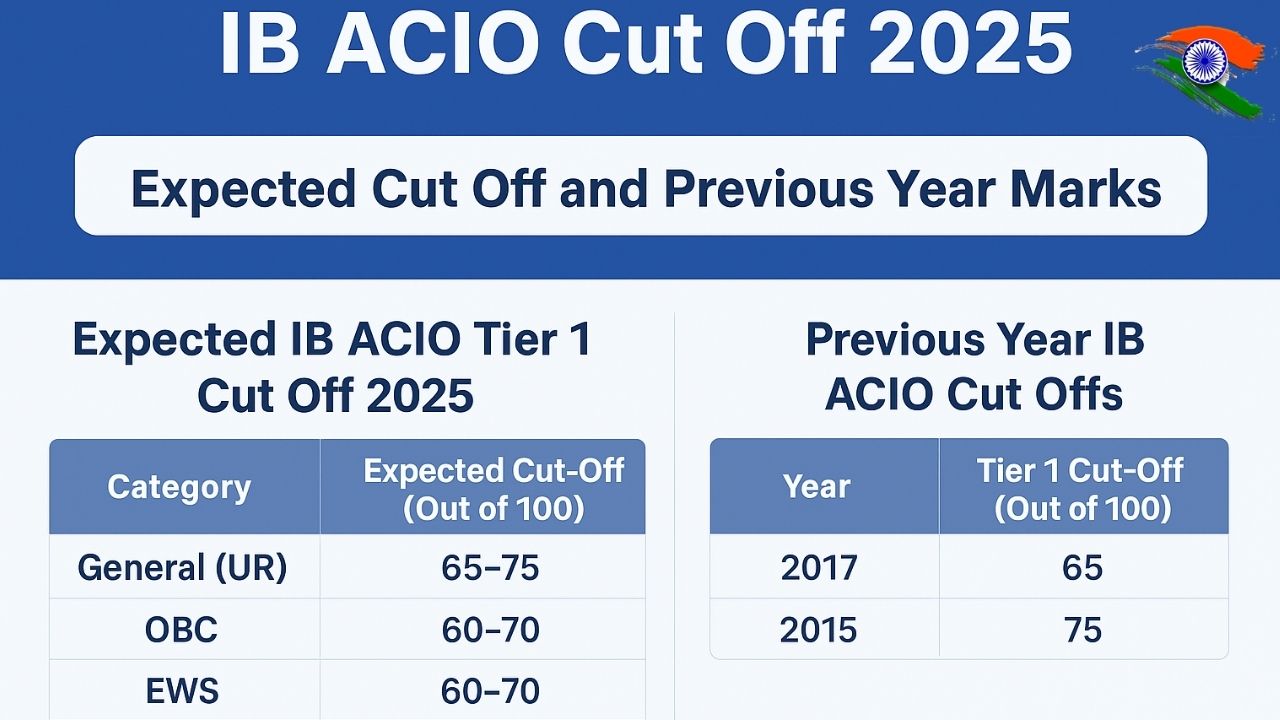Nestlé, one of the world’s largest food companies, is facing renewed criticism over the amount of sugar added to baby cereals sold across African countries. An investigation by Public Eye, a Swiss based global justice group, has alleged that the firm is “putting the health of African babies at risk for profit” by adding sugar to products marketed for infants as young as six months old.
The controversy comes at a time when many African nations are confronting an alarming rise in childhood obesity and other diet related health problems. Campaigners argue that Nestlé is failing to meet global public health expectations, even while it supplies very similar products with no added sugar to wealthier markets. The company strongly rejects these claims, insisting that its recipes are safe, compliant with national rules and designed to help fight malnutrition.
Background To The Investigation
Public Eye and local activists in more than 20 African countries collaborated to examine the sugar content of Nestlé’s Cerelac baby cereals. They purchased a total of 94 different products marketed for babies aged six months and above. These samples were then sent to a laboratory for detailed analysis of sugar levels.
The findings suggested that more than 90 percent of the tested Cerelac products contained added sugar, with an average of about 6 grams per serving. That is roughly equivalent to one and a half teaspoons of sugar per portion, a level that campaigners say is not compatible with good infant nutrition practices.
Researchers also found that most products without added sugar were imported items originally intended for European markets, with only a couple of no sugar variants recently launched in South Africa. This contrast fed accusations of “double standards” and of treating African babies differently from children in richer regions.
Short Summary Table
Key Point |
Details |
|---|---|
Main Issue |
Added sugar found in most Nestlé Cerelac baby cereals sold in African countries |
Key Allegation |
Campaigners accuse Nestlé of risking babies health and applying double standards |
Average Added Sugar Per Serving |
Around 6 g per serving in more than 90 percent of tested products |
Health Benchmark |
WHO guidance recommends no added sugars in foods for children under three |
Nestlé Position |
Company says report is misleading and insists recipes follow local regulations and internal limits |
Regions Investigated |
More than 20 African countries, with 94 Cerelac samples tested |
Wider Concern |
Rising childhood obesity and diet related non communicable diseases in Africa |
Company Countermeasure |
Introduction and rollout of Cerelac variants with no added sugar in some markets |
Public Health Debate |
Balancing malnutrition, micronutrient fortification and lifelong sugar habits |
Official Site Link |
World Health Organization nutrition guidance: https://www.who.int |
Sugar Levels And Health Guidance
According to the laboratory analysis, the amount of added sugar in Cerelac products varied from around 5 grams per serving in countries such as Egypt, Madagascar, South Africa, Malawi and Nigeria to as much as 7.5 grams in a product sold in Kenya. While these levels may respect existing national regulations, health advocates point out that they conflict with broader global guidance.
The World Health Organization recommends that foods for children under three should contain no added sugars or sweetening agents. Part of the reason is biological and behavioural. Early exposure to highly sweetened foods can create strong long term preferences for sugary tastes, making it harder for children and later adults to accept less sweet, healthier options.
Campaigners therefore argue that adding sugar to baby cereals is not only unnecessary but also potentially harmful over the long term. They worry that it contributes to patterns of sugar consumption that drive obesity, tooth decay and non communicable diseases such as diabetes and cardiovascular conditions.
Accusations Of Double Standards
Public Eye’s investigation followed an earlier report published in April 2024, which found that Nestlé added sugar and honey to infant milk and cereal products sold in Asia, Africa and Latin America, while equivalent products marketed in richer countries were sugar free. That earlier report triggered a wave of criticism from civil society organisations.
Following the latest findings, 19 African civil society and consumer groups wrote a joint letter to Philipp Navratil, a senior Nestlé executive. The letter argued that the company clearly knew how to formulate healthier products but had chosen to sell less healthy options in African markets. According to the signatories, this showed that Nestlé was “feeding children in Africa with less healthy options” despite public commitments to better nutrition.
These groups accuse the firm of contributing to “a preventable public health catastrophe” by reinforcing sugary diets and thereby helping to fuel an epidemic of diet related non communicable diseases across the continent.
Nestlé’s Response And Defence
Nestlé has forcefully rejected the allegations. Peggy Diby, global head of corporate affairs for Nestlé Nutrition, described the claims as “unfounded” and said that they implied behaviour that was completely at odds with the company’s values. She also called the Public Eye report “misleading” and denied that Nestlé operated double standards in early childhood nutrition.
The company states that its products comply with national regulations and with international standards such as the Codex Alimentarius, developed by the World Health Organization and the Food and Agriculture Organization. Nestlé insists that sugar levels in Cerelac and similar products are “well below” those thresholds.
Diby also said that Public Eye had refused to share detailed data on its testing, and questioned whether the reported figures had correctly distinguished between added sugars and naturally occurring sugars from milk, cereals and fruits in the products.
From Nestlé’s perspective, the central nutrition problem in many African countries is not obesity but malnutrition, particularly iron deficiency and a lack of other vital micronutrients. The company argues that fortified cereals play an important role in providing iron and other nutrients to young children who might otherwise miss out.
The Role Of Taste, Fortification And Infant Feeding
Nestlé’s scientific and medical leadership also defends the use of limited amounts of added sugar on taste and acceptability grounds. Dr Sara Colombo Mottaz, global head of medical, regulatory and scientific affairs at Nestlé Nutrition, has explained that babies are naturally accustomed to sweet tastes from the womb and from breast milk.
She argues that offering them flavours they will accept is crucial at the point when they transition from exclusive breastfeeding to complementary solid foods. If infants reject fortified cereals because they are not sweet enough, they may fail to consume enough energy and key nutrients for proper growth and development.
According to Dr Mottaz, Nestlé has internal “guardrails” that limit the level of added sugar in its products, and the firm is gradually expanding its range of no added sugar options. In the past year, the company has launched 14 Cerelac variants with no added sugar in India and says it is accelerating the rollout of similar versions in African markets.
Public Health Debate And Future Directions
This controversy highlights a wider debate in global health policy. On one side are campaigners and public health experts who emphasise the need to drastically reduce added sugars in early childhood diets in order to prevent a surge of obesity and associated non communicable diseases. On the other side are companies and some nutrition specialists who stress the urgent need to tackle malnutrition and micronutrient deficiencies through fortified foods that children will reliably eat.
There are also questions about structural inequalities, given the evidence that sugar free formulations are more readily available in high income markets. Critics argue that children everywhere should have access to the healthiest possible products, particularly when global companies clearly know how to produce them.
Nestlé’s commitment to expand its range of no added sugar Cerelac variants may be a step toward aligning with global recommendations. However, campaigners maintain that progress is too slow and that the firm should end the use of added sugar in baby foods entirely, in line with WHO guidance.
The debate is likely to continue as more data emerges and governments across Africa consider regulations, front of pack labelling and sugar taxes to protect children’s health.
Frequently Asked Questions
1. What exactly is Nestlé being accused of in African markets?
Nestlé is accused of adding significant amounts of sugar to Cerelac baby cereals sold in African countries, while offering similar products without added sugar in richer regions. Campaigners say this puts African babies health at risk and amounts to a double standard in how the company approaches early childhood nutrition.
2. How much added sugar was reportedly found in Cerelac products?
Public Eye’s investigation found added sugar in more than 90 percent of 94 Cerelac samples from over 20 African countries. The average was about 6 grams of added sugar per serving, with some products containing between 5 and 7.5 grams per portion.
3. What does the World Health Organization recommend for young children’s foods?
The World Health Organization recommends that foods for children under three years of age should contain no added sugars or sweetening agents. This guidance is intended to reduce the risk of early sugar dependence, childhood obesity and future diet related diseases.
4. How does Nestlé justify adding sugar to baby cereals?
Nestlé argues that its products comply with national regulations and international standards. The company says fortified cereals help combat malnutrition and iron deficiency, and that a certain level of sweetness helps ensure infants accept and consume these foods. It also claims that reported sugar levels may include naturally occurring sugars from ingredients such as milk, cereals and fruit.
5. Is Nestlé making any changes in response to the criticism?
Nestlé says it is expanding the availability of Cerelac variants with no added sugar and has already introduced 14 such versions in India. The company states that it is accelerating the rollout of no added sugar options in African countries and that it uses internal guardrails to keep added sugars below specific levels, while maintaining its focus on tackling malnutrition.
For More Information Click HERE








